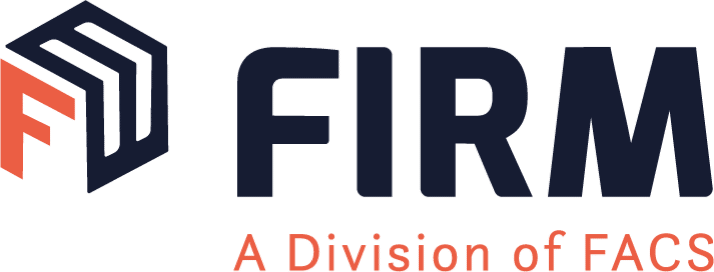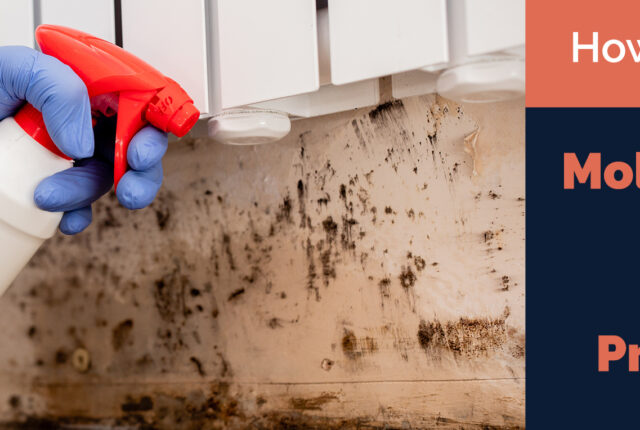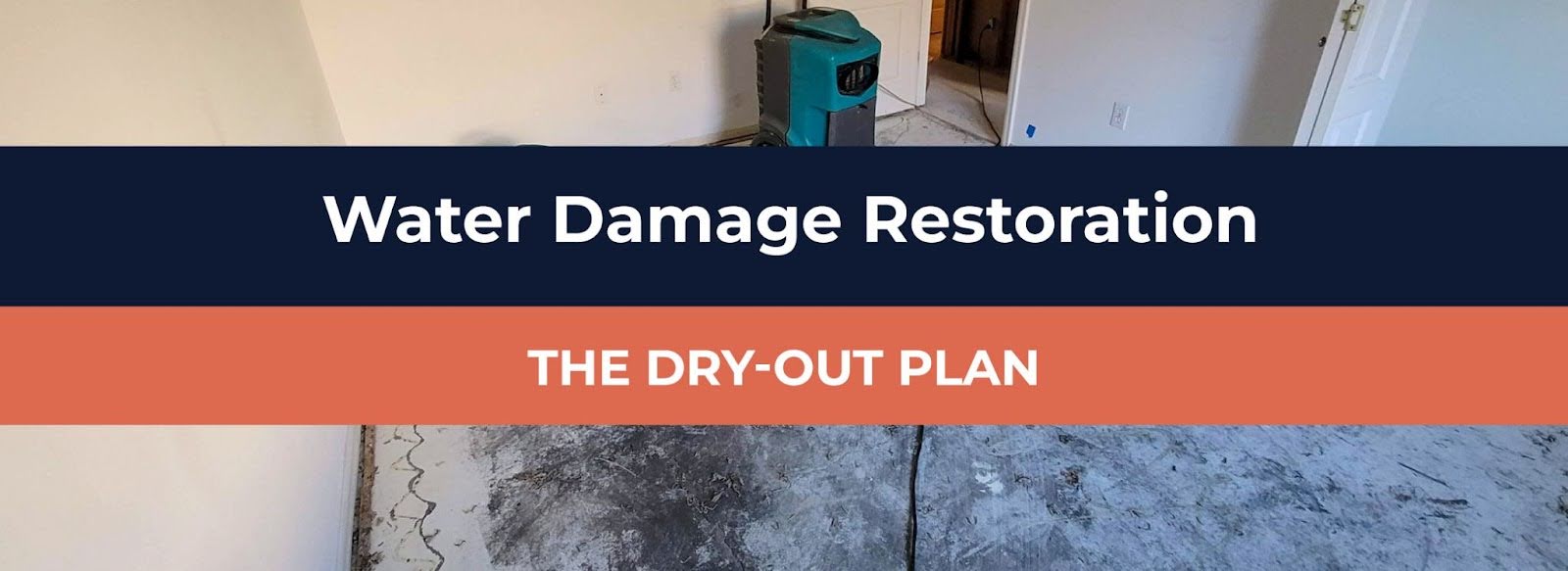
Water Damage Restoration: The Dry-Out Plan
Once water intrusion is discovered in a structure, the sooner you begin restoration and mitigation efforts, the better your likely outcome. That is, of course, if your water restoration vendor knows when and how to perform aggressive dry-out procedures should they be deemed advantageous.
Here’s the primary issue: It is typically simpler for vendors to demolish the water-damaged area and trash all building materials affected. Not only will some vendors avoid recommending varying levels of a dry-out plan, some do not know how to establish effective mitigation plans in the first place. That decision can cost the owner tens of thousands of dollars in unnecessary expenditures.
The vetted vendors selected by FIRM approach each situation with one thought in mind: What is best for the owner in this situation? How can we save money? How can we save time and minimize disruption to day-to-day operations?
We’ve found that approach to be the best practice for all stakeholders.
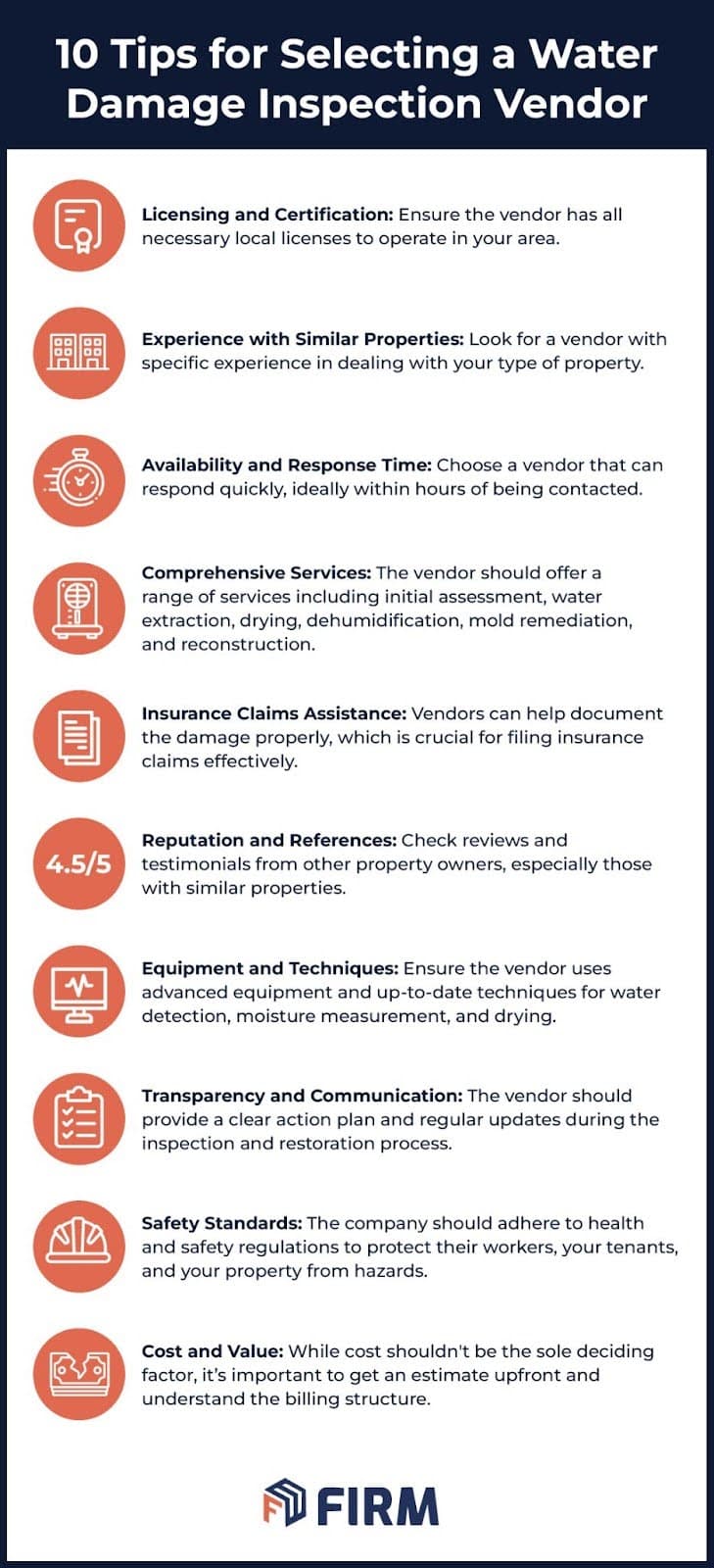
The Water Damage Inspection Is Critical
Your choice of vendors for a water damage inspection is one of the most important decisions in the entire water damage restoration process. Here is a list of considerations you can use to boost your chances of a satisfactory outcome:
- Licensing and Certification: Ensure the vendor has all necessary local licenses to operate in your area. Determine that the vendor adheres to industry standards, is keenly aware of applicable regulations, and is capable of launching a dry-out procedure if indicated by the inspection.
- Experience with Similar Properties: Look for a vendor with specific experience in dealing with your type of property. They should understand the complexities related to your specific needs and situation.
- Availability and Response Time: In water damage situations, time is critical to prevent mold growth and further damage. Choose a vendor that can respond quickly, ideally within hours of being contacted.
- Comprehensive Services: The vendor should offer a range of services including initial assessment, water extraction, drying, dehumidification, mold remediation, and reconstruction. This simplifies the management process as you deal with one vendor throughout.
- Insurance Claims Assistance: Vendors experienced in dealing with insurance companies can be invaluable. They can help document the damage properly, which is crucial for filing insurance claims effectively.
- Reputation and References: Check reviews and testimonials from other property owners, especially those with similar properties. A vendor with positive feedback on their professionalism and effectiveness is preferable.
- Equipment and Techniques: Ensure the vendor uses advanced equipment and up-to-date techniques for water detection, moisture measurement, and drying. This can make a significant difference in the speed and effectiveness of the recovery process.
- Transparency and Communication: The vendor should provide a clear action plan and regular updates during the inspection and restoration process. Good communication helps manage tenant expectations and reduces the disruption to their lives.
- Safety Standards: The company should adhere to health and safety regulations to protect their workers, your tenants, and your property from hazards such as mold, asbestos, or other contaminants that might be exposed during cleanup.
- Cost and Value: While cost shouldn’t be the sole deciding factor, it’s important to get an estimate upfront and understand the billing structure. Look for competitive pricing but also consider the value of comprehensive, efficient, and effective service.
Selecting the right vendor not only ensures the immediate handling of the water damage but also affects the long-term condition and value of your property. Taking the time to choose wisely can mitigate the effects of such incidents on your tenants and investment. FIRM clients will quickly notice that FACS-certified vendors check all the boxes.
The Water Damage Restoration Strategy Is Critical
Preparing a water damage restoration strategy for your property involves a comprehensive approach that considers various factors to ensure effective and efficient recovery.
Here’s a breakdown of the key factors to consider:
- Extent of Damage: It is critical to assess the full extent of the damage. This includes determining how much of the property is affected, the type of water involved (clean, gray, or black water), and the degree of contamination. This assessment will guide the restoration process and the techniques and equipment needed.
- Type of Property: The specific features of the property, such as the number of floors, layout of plumbing, construction materials, and the presence of basements or crawl spaces, can significantly influence the restoration strategy. Properties with multiple units may require a more coordinated approach to ensure all affected areas are addressed.
- Health and Safety Issues: Prioritizing the health and safety of the residents and the restoration crew is crucial. This includes addressing risks of electrical hazards, structural integrity, and potential contaminants like mold, asbestos, or lead, especially in older buildings.
- Water Source and Duration of Exposure: Identifying the source of water and how long the property has been exposed to water will affect the restoration strategy. Longer exposure times generally increase the risk of structural damage and mold growth, necessitating more intensive remediation efforts.
- Mold Risk Assessment: Mold can start to grow within 24 to 48 hours of water exposure. Quick action is needed to assess the risk and presence of mold. The strategy should include mold remediation measures if necessary, particularly in hidden areas like behind walls or under flooring.
- Tenant or Activity Relocation: Depending on the severity of the damage, some tenants or activities may need to be temporarily relocated. The strategy should consider the logistics of relocation and the communication with tenants about the process and timeline.
- Resource Availability: The availability of resources, including manpower, equipment, and materials, will influence the restoration strategy. Availability can vary based on local demand — especially after widespread disasters.
- Coordination with Insurance: Working closely with insurance companies from the outset is vital. The strategy should align with the requirements of insurance providers for claim documentation and procedural compliance to ensure coverage of the restoration costs.
- Communication Plan: Effective communication is essential not only for coordination among restoration teams but also for keeping tenants informed. Regular updates can help manage expectations and reduce stress for the residents.
- Long-term Prevention: Part of the restoration strategy should focus on future prevention. This might include upgrading plumbing, improving drainage systems, or installing water detection systems to mitigate similar issues in the future.
- Budget Constraints: While the primary focus should be on thorough restoration, budget considerations will inevitably play a role. The strategy should include cost-effective solutions that do not compromise the safety and quality of the restoration.
- Regulatory Compliance: Ensuring compliance with local, state, and federal regulations governing building repairs and environmental safety is essential to avoid legal issues and ensure the work is done correctly.
By carefully considering these factors, property managers can develop a water damage restoration strategy that minimally disrupts tenant life, efficiently restores the property, and prevents future incidents. Decisions should not be based on what is easier for the vendor, but on what is best for the property. FIRM incident management teams stay in regular contact with vendors to make sure all work is proceeding properly.
Vendor Partners and FIRM
We know the steps to water damage restoration can be daunting. That’s a big part of why FIRM was established: to help our clients cope with emergency situations without overloading in-house maintenance. In-house crews can help, but are seldom equipped to carry out the necessary work without help.
FIRM clients are updated daily on progress and all bills from vendors are checked by FIRM experts to be sure they are accurate. We can’t prevent the next water damage problem at your location, but we can make the recovery part of the story much easier for you to navigate.
Call us for more information: (866) 393-6735Contact FIRM online here: Ask FIRM.
